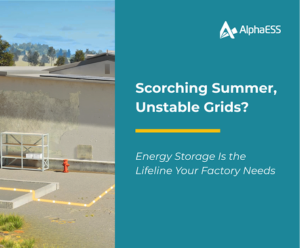The Golden Rules of Choosing the Right Home Battery
2025-07-03
As homeowners increasingly turn to renewable energy solutions, home batteries have become a game-changer for energy independence, cost savings, and sustainability. Whether you're looking to store solar energy, prepare for power outages, or reduce your electricity bills, selecting the right home battery is critical. Follow these golden rules to make an informed choice and maximise the benefits of your energy storage system.
1. Know Your Power and Capacity: Tailor Your Battery to Your Home's Needs
When selecting a battery storage system, power output and capacity are your first and foremost considerations. Before diving into battery options, assess your household’s power needs and energy consumption, starting by understanding two key terms: kW (power) and kWh (capacity).
• Power (kW): This measures how much power your system can deliver at once. It’s critical for running your household appliances simultaneously. To determine your needs, calculate your home’s peak power demand. For example, if your air conditioner, lights, and fridge together draw 5kW, your battery should output at least 5kW. Consult a local certified installer to pinpoint the ideal power rating for your setup.
• Capacity (kWh): The total amount of energy your battery can store, which dictates how long it can power your home. Review recent electricity bills to find your average daily usage—say it’s 20 kWh per day. If you already have a solar system or plan to charge from the grid, you may consider a smaller capacity battery (e.g., below 20 kWh), since you can replenish the battery during the day or off-peak hours.
Also, factors in high-usage windows—like evenings when appliances and HVAC(Heating, Ventilation and Air Conditioning) are running—and any high-power appliance you rely on.
2. Prioritise High Depth-of-Discharge and Low Degradation for Maximum Lifetime Value
Not all batteries with the same headline capacity perform equally over their lifetime. Two key specs to compare are:
Depth-of-Discharge (DoD): This is the percentage of a battery's total capacity you can actually use in each cycle. A higher DoD means more usable energy per charge. For instance, a 16.9 kWh battery rated at 80 % DoD delivers the same 13.5 kWh of usable power as a "13.5 kWh" battery advertised at 100 % DoD—which, in reality, simply hides the unusable reserve that manufacturers never let you tap. Always check the datasheet for usable capacity, not just the "nameplate" figure.
Capacity Retention (Degradation): Over years of cycling, every battery's chemistry ages and its capacity slowly falls. Look for products that guarantee at least 70 % of their original capacity at the end of the warranty period. Two batteries with identical price tags and starting capacities can have very different end-of-life values if one holds up better.
Tip: When comparing models, favor those with both a high DoD rating (e.g.>90 %) and a robust warranty on retained capacity. That way, you'll maximize the total kWh you get out of your system over its entire service life.
3. Stay Powered, No Matter What: Resilience Against Blackouts and Heavy Loads
A great battery isn't just about daily use—it's your emergency backup and must handle high-power appliances without fail.
• Seamless Backup Power: During an outage, every millisecond counts. Aim for a system with UPS-grade grid-to-off-grid switchover (typically under 20 ms) so your lights, fridge, and devices stay on without interruption.
• Robust Overload Capacity: Many large appliances—like air conditioners or refrigerators—draw a high surge current at startup (for example, 7 kW to kick off, then 3 kW continuous). Choose a battery inverter that can deliver at least 200 % instantaneous overload capacity to handle these spikes without tripping or shutting down, ensuring your heavy loads run smoothly alongside the rest of your home.
4. Prioritise Modular Design for Easy Expansion and Stable Operation
Opt for a modular battery architecture so you can start with what you need today—and add more capacity tomorrow. If budget limits or uncertain energy requirements make it hard to size your system precisely, a modular setup keeps your upfront investment low and lets you expand as your household grows or adds new appliances.。
Plus, modular systems often include built-in bypass technology: if one module needs servicing or fails, the remaining modules keep running. That means you maintain stable, uninterrupted power without overhauling your entire setup.
5. Maximise Savings with Smart Technology
As distributed clean energy and peer-to-peer trading gain traction, smart batteries can tap into the Dynamic Tariff and Virtual Power Plant (VPP) to unlock extra revenue.
• Dynamic Tariffs: Electricity prices often fluctuate throughout the day to mirror wholesale market rates. A smart battery system will automatically charge when rates are low—say, overnight—and discharge during peak pricing periods, like early mornings or evenings. This time-of-use optimization slashes your energy bills without lifting a finger.
• Virtual Power Plants(VPP): By enrolling part of your battery capacity in a VPP, a third-party aggregator (often your manufacturer or energy provider) can pool your stored energy with thousands of others. This “virtual” grid-scale battery helps balance supply and demand on the grid—and pays you for the service. Compared to simply exporting excess solar power, VPP programs can be more lucrative and hassle-free.
Look for systems with intuitive mobile apps or web dashboards that let you monitor rates, set charging schedules, and opt into VPP or Dynamic Tariff programs with just a few taps. That way, you turn your battery into a hands-off money-maker while enjoying clean, reliable power.
6. Integrate and Innovate: Build a Unified Home Energy Ecosystem
Your battery shouldn't operate in isolation—look for a system that seamlessly syncs with other smart devices like EV chargers, heat pumps, and backup generators. When all components communicate, your home can automatically route energy where it’s needed most:
Smart Integration: Pair your battery with connected appliances and chargers. For example, schedule EV charging during solar peaks or route excess solar power to your heat pump, all managed by one intuitive platform.
Future-Ready Compatibility: Choose a brand with open APIs and broad partner networks so you can add new devices or services down the road without costly retrofits.
By creating a cohesive, automated ecosystem, you'll minimise waste, maximize self-consumption, and enjoy true "set-and-forget" convenience — keeping you ahead of tomorrow's smart-home curve.
Ready to Take the Next Step?
Choosing the right home battery doesn't have to be complicated. By following these six golden rules, you'll be equipped to choose a system that fits your energy needs, budget, and lifestyle—both now and in the future.
The AlphaESS SMILE-G3 series checks every box on this list. From high-performance specs to flexible modular design, it's the ideal first choice for your home solar + storage setup. Whether you're preparing for daily energy optimisation or backup power during outages, the SMILE-G3 adapts to every scenario—efficiently, reliably, and intelligently.
Explore our products and start your journey to energy independence: https://www.alphaess.com/residential-energy-storage-system



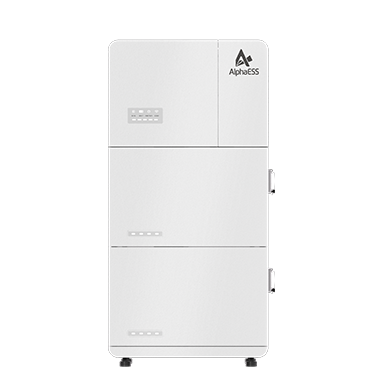
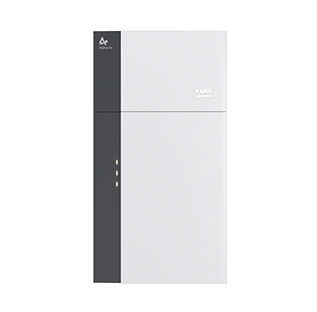
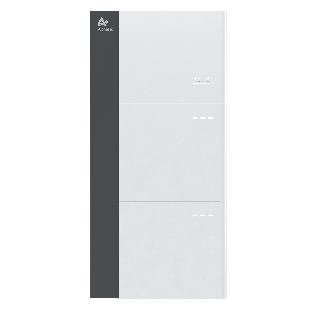
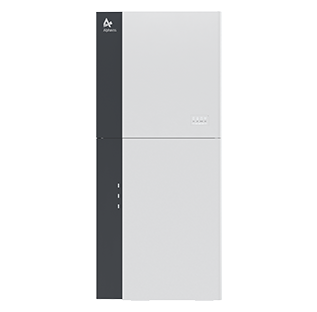
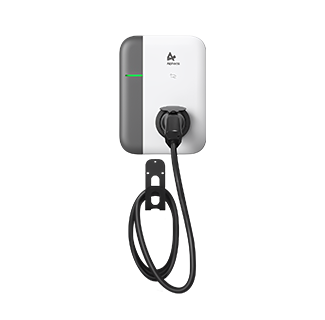
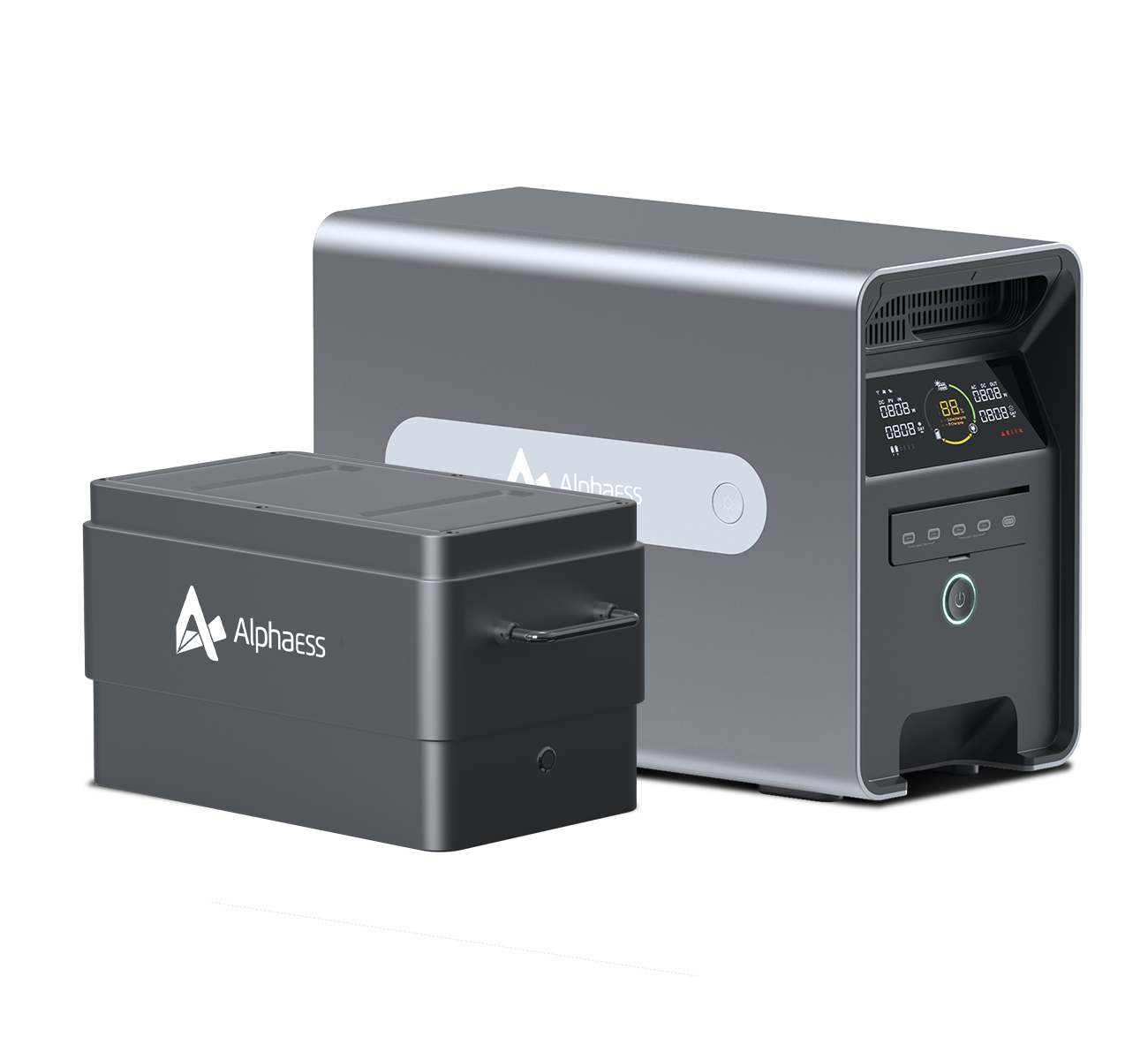
.png)
(3).png)
(2).png)
(545x562xiangsu)(2).png)

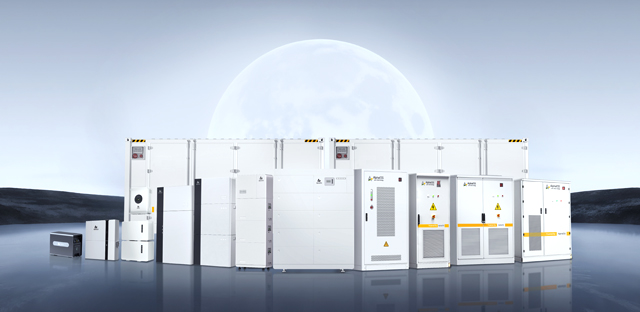
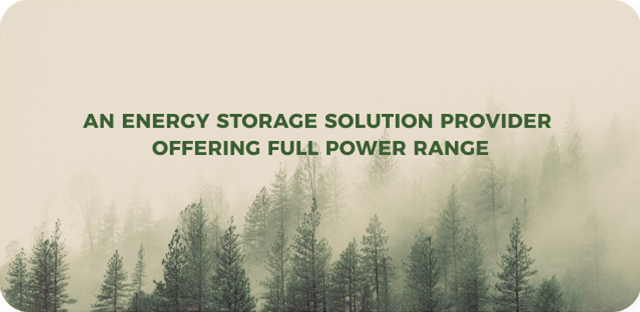
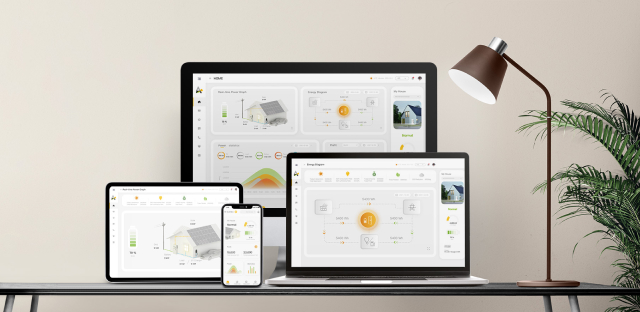
.svg)

















